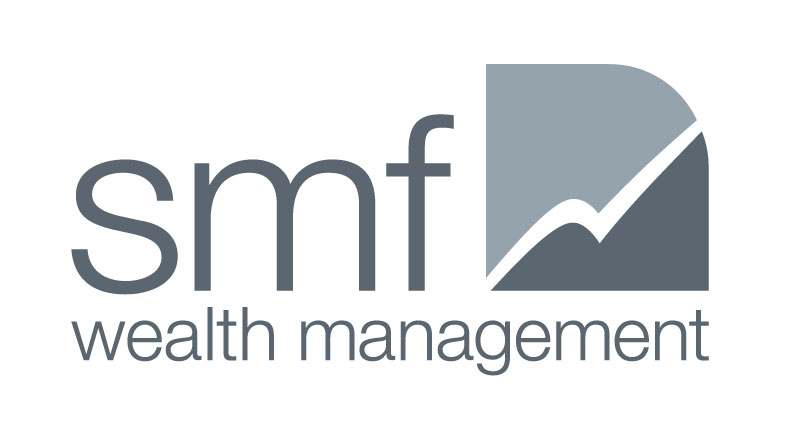Global economy
The COVID-19 pandemic remains a major feature on the global stage, although with growing vaccination rates and declining cases, the focus has shifted to China and inflation.
Inflation has been at the forefront of global news, driven by issues in supply chains. During the pandemic we had substantial government stimulus driving demand for goods with many services shut down. In addition to rising demand, we had issues with supply as COVID-19 outbreaks shut down ports and delayed transport from major manufacturing countries such as China. These factors have combined to drive up inflation for certain goods. A combination of weather and other issues has triggered a shortfall in energy commodities such as oil and natural gas. This has seen energy prices surge in recent weeks leading to concerns about inflation spikes and the derailing of economic recovery in the likes of Europe, China and India.
In China, news of the expected collapse of major property developer Evergrande Group sparked concerns of a weaker Chinese property market and slower economic growth in the near term. This was exacerbated by a reluctance from Chinese authorities to bail out the company given its excessive risk-taking behaviour including substantial amounts of leverage. These fears drove a decline in prices of commodities linked to the Chinese construction industry such as iron ore (used for steel production).
Australia
Through the September quarter, the Australian economy struggled under the weight of east coast lockdowns as cases escalated in both NSW and Victoria. Importantly though, more vaccine supplies have been made available and new vaccines approved which has seen vaccination rates grow at a rapid pace. This should lower the worst-case potential of the pandemic in terms of hospitalisations and fatalities. At the end of the quarter, Australia was on track to have over 70% of eligible persons fully vaccinated by late October and, 80% by early November[1]. Pleasantly, both targets were hit earlier than anticipated.
In addition, both consumer confidence, as indicated in the Westpac-MI Consumer Sentiment survey, and business confidence, as indicated in the NAB Monthly business confidence survey, have held up well in this period. This is in sharp contrast to the March/April experience last year in the first wave of the pandemic. This bodes well for a bounce back in economic activity during the December quarter.
Fixed income and currencies
Global central banks such as the US Federal Reserve maintained a commitment to keeping interest rates low in the near term.
Both the US Federal Reserve and the European Central Bank flagged the commencement of tapering later this year. Tapering, also known as quantitative tightening, refers to central banks reducing the amount of bonds they are buying.
Bond purchases were increased last year at the height of the pandemic to reduce long-term interest rates and to keep them low to make borrowing costs cheaper for debtors and allow those savings to be spent elsewhere in the economy. Buying fewer bonds reduces the demand for bonds which may see yields rise in the months ahead to levels attractive enough for other buyers.
Concerns of inflation, sparked by an energy crunch and supply chain disruption, and tapering by central banks saw bond yields climb during September. Despite this, both global bonds (up 0.1%) and Australian bonds (up 0.3%) performed positively overall. This is because investor expectations of weaker long term growth saw heightened levels of bond purchases that offset the loss experienced in September.
The Australian Dollar struggled, falling 3.6% against the US Dollar and down 3% against a broad basket of trading partner currencies. Some key drivers were:
- the decline in iron ore prices driven by production curbs within China and fears for their property sector. This is maily due to the potential collapse of Evergrande, impacting a major source of iron ore demand, our largest export.
- The impact of lockdowns restricting economic activity with other countries looking comparably more attractive.
Shares
The Australian market continued to climb higher, finishing the September quarter up 1.7%. It was a case of vastly differing fortunes with energy stocks rising 9.3% on global energy supply fears. In contrast, the mining sector was down 9.9% as investor concerns about China saw a crash in iron ore prices (down 44.2%) with investors lowering profit expectations for these businesses as a result.
Global share markets also performed strongly, rising 4%. However much of this gain was due to the fall in the Australian dollar (down 3.6% against the US dollar) which increased the value of foreign shares. If we remove the impact of the Australian dollar, global markets were only up 0.6%. Optimism was an initial feature of the quarter as strong vaccination rates supported the economic reopening of Europe while US growth continued to track positively. However this sentiment reversed in September as investors grew increasingly concerned with a looming energy crunch and Chinese growth due to the potential collapse of Evergrande.
If you have any questions, or would like to discuss this further, please speak to your Financial Adviser.
Source: IOOF Research
[1] SMH Covid-19 Vaccine Tracker accessed 11 October 202
